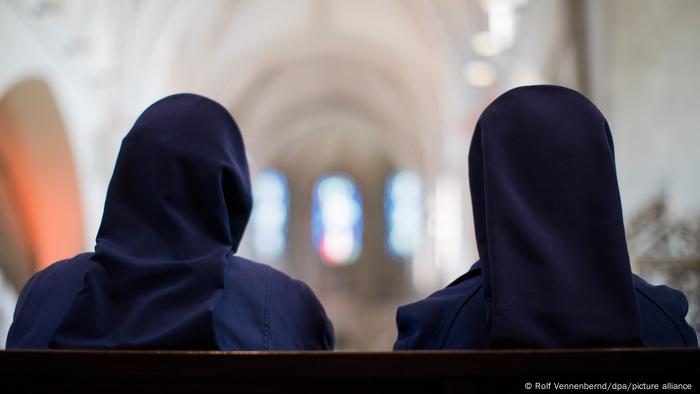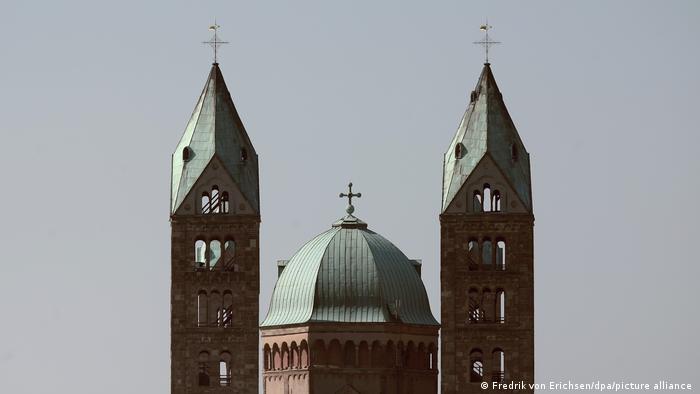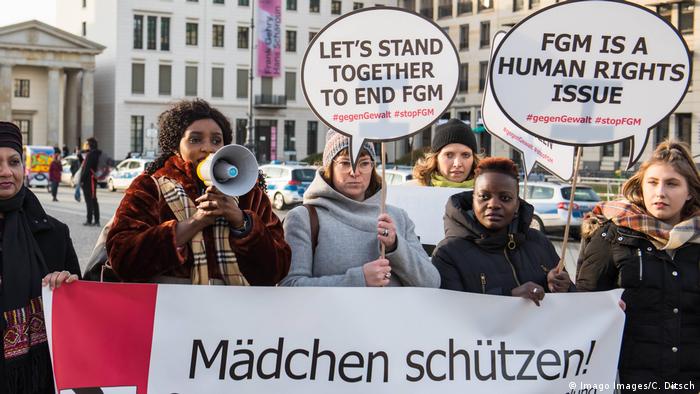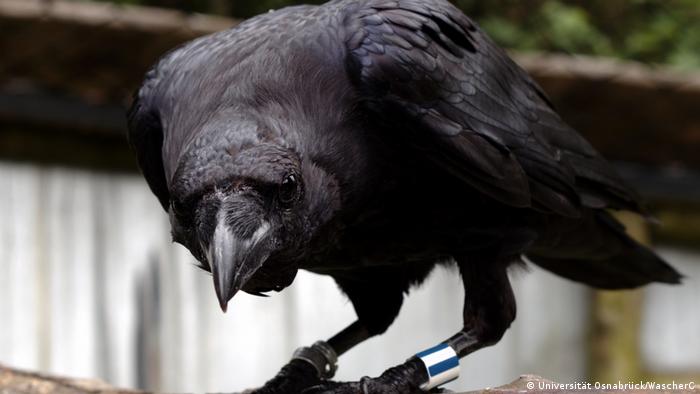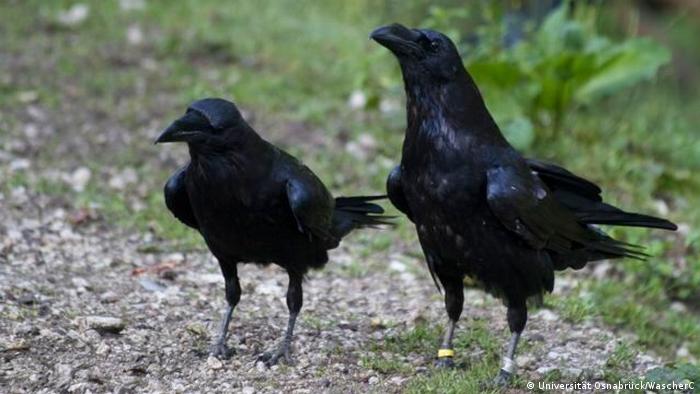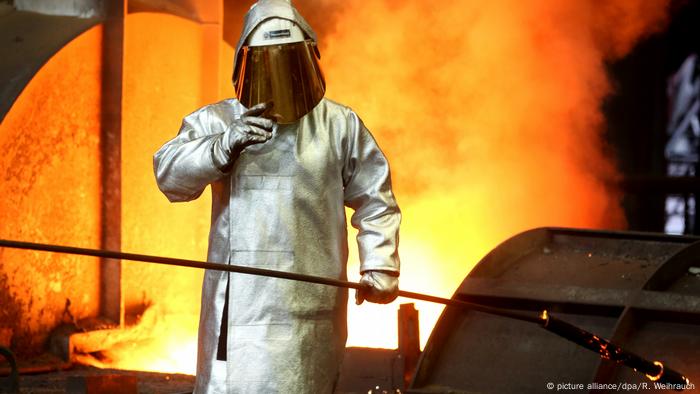Seafarer Announces;
Discovery of Historic Period Shipwreck Material
NEWS PROVIDED BY Seafarer Exploration Corp.
TAMPA, Fla., Dec. 10, 2020 /PRNewswire/ -- Seafarer Exploration Corp. (OTCQB: SFRX) - Seafarer Exploration Corp. is announcing that we have discovered a large concentration of colonial era shipwreck material in Area 2 off Melbourne Beach, Florida. The historic period shipwreck material comprises a variety of artifacts situated within a concentrated area and includes standing rigging, ships fittings, rope and wood fragments. The historic artifact area is still under investigation and could either be part of the historic material previously found over the past few years or a second historic shipwreck entirely. Currently there is not enough information to precisely determine the provenance of the artifacts. In accordance with the current site permit, the site has been reported to the Florida Bureau of Archaeological Research (FBAR) and we have temporarily paused bottom-disturbing activities within 50 meters of the location containing the artifacts in order to preserve the archaeological site context until a continued site exploration plan can be submitted to the FBAR. Once submitted, the site can be more extensively explored. In the meantime, Seafarer Exploration will continue to archaeologically investigate this area as well as explore other locations of interest in Area 1 and Area 2.
According to the project archaeologist, Dr. Robert H Baer, "The Seafarer Exploration discovery possibly dates from the mid - 1600s to the period ending before the Industrial Revolution - no later than 1800. The type and orientation of the artifacts on the ocean floor is indicative of materials used to construct a colonial period sailing vessel that came to rest on the ocean floor where it decayed leaving a fairly compact scatter pattern. The location and depth would have also minimized scatter from storms and near-shore surge. This is unlike other sites which can be scattered for miles."
The work product described here was performed under the authority of an exploration permit from the State of Florida FBAR.
About Seafarer Exploration:
Seafarer Exploration Corp. is a publicly traded underwater salvage and exploration company traded under the symbol SFRX. The principal business of the company is to develop the infrastructure necessary to engage in the archaeologically-sensitive research, documentation, exploration, recovery, and conservation of historic shipwrecks. The company has secured multiple sites it believes contain historic and valuable shipwrecks. The company will use accepted archaeological methods to properly document, research and recover portions of the wrecks. Seafarer employs scientists and historians and is committed to preserving the cultural and historical significance of every wreck it finds.
Disclaimer:
The press release may include certain statements that are not descriptions of historical facts but are forward-looking statements within the meaning of Section 27A of the Securities Act of 1933 and Section 21E of the Securities Exchange Act of 1934. These forward-looking statements may include the description of our plans and objectives for future operations, assumptions underlying such plans and objectives, and other forward-looking terminology such as "may," "expects," "believes," "anticipates," "intends," "projects," or similar terms, variations of such terms or the negative of such terms. There are a number of risks and uncertainties that could cause actual results to differ materially from the forward-looking statements made herein. Such information is based upon various assumptions made by, and expectations of, our management that was reasonable when made but may prove to be incorrect. All of such assumptions are inherently subject to significant economic and competitive uncertainties and contingencies beyond our control and upon assumptions with respect to the future business decisions which are subject to change. Accordingly, there can be no assurance that actual results will meet expectation and actual results may vary (perhaps materially) from certain of the results anticipated herein.
SOURCE Seafarer Exploration Corp.
Related Links
http://seafarercorp.com
NEWS PROVIDED BY Seafarer Exploration Corp.
TAMPA, Fla., Dec. 10, 2020 /PRNewswire/ -- Seafarer Exploration Corp. (OTCQB: SFRX) - Seafarer Exploration Corp. is announcing that we have discovered a large concentration of colonial era shipwreck material in Area 2 off Melbourne Beach, Florida. The historic period shipwreck material comprises a variety of artifacts situated within a concentrated area and includes standing rigging, ships fittings, rope and wood fragments. The historic artifact area is still under investigation and could either be part of the historic material previously found over the past few years or a second historic shipwreck entirely. Currently there is not enough information to precisely determine the provenance of the artifacts. In accordance with the current site permit, the site has been reported to the Florida Bureau of Archaeological Research (FBAR) and we have temporarily paused bottom-disturbing activities within 50 meters of the location containing the artifacts in order to preserve the archaeological site context until a continued site exploration plan can be submitted to the FBAR. Once submitted, the site can be more extensively explored. In the meantime, Seafarer Exploration will continue to archaeologically investigate this area as well as explore other locations of interest in Area 1 and Area 2.
According to the project archaeologist, Dr. Robert H Baer, "The Seafarer Exploration discovery possibly dates from the mid - 1600s to the period ending before the Industrial Revolution - no later than 1800. The type and orientation of the artifacts on the ocean floor is indicative of materials used to construct a colonial period sailing vessel that came to rest on the ocean floor where it decayed leaving a fairly compact scatter pattern. The location and depth would have also minimized scatter from storms and near-shore surge. This is unlike other sites which can be scattered for miles."
The work product described here was performed under the authority of an exploration permit from the State of Florida FBAR.
About Seafarer Exploration:
Seafarer Exploration Corp. is a publicly traded underwater salvage and exploration company traded under the symbol SFRX. The principal business of the company is to develop the infrastructure necessary to engage in the archaeologically-sensitive research, documentation, exploration, recovery, and conservation of historic shipwrecks. The company has secured multiple sites it believes contain historic and valuable shipwrecks. The company will use accepted archaeological methods to properly document, research and recover portions of the wrecks. Seafarer employs scientists and historians and is committed to preserving the cultural and historical significance of every wreck it finds.
Disclaimer:
The press release may include certain statements that are not descriptions of historical facts but are forward-looking statements within the meaning of Section 27A of the Securities Act of 1933 and Section 21E of the Securities Exchange Act of 1934. These forward-looking statements may include the description of our plans and objectives for future operations, assumptions underlying such plans and objectives, and other forward-looking terminology such as "may," "expects," "believes," "anticipates," "intends," "projects," or similar terms, variations of such terms or the negative of such terms. There are a number of risks and uncertainties that could cause actual results to differ materially from the forward-looking statements made herein. Such information is based upon various assumptions made by, and expectations of, our management that was reasonable when made but may prove to be incorrect. All of such assumptions are inherently subject to significant economic and competitive uncertainties and contingencies beyond our control and upon assumptions with respect to the future business decisions which are subject to change. Accordingly, there can be no assurance that actual results will meet expectation and actual results may vary (perhaps materially) from certain of the results anticipated herein.
SOURCE Seafarer Exploration Corp.

Related Links
http://seafarercorp.com

